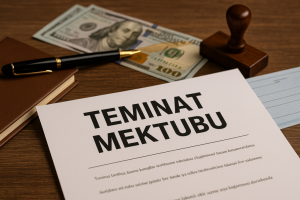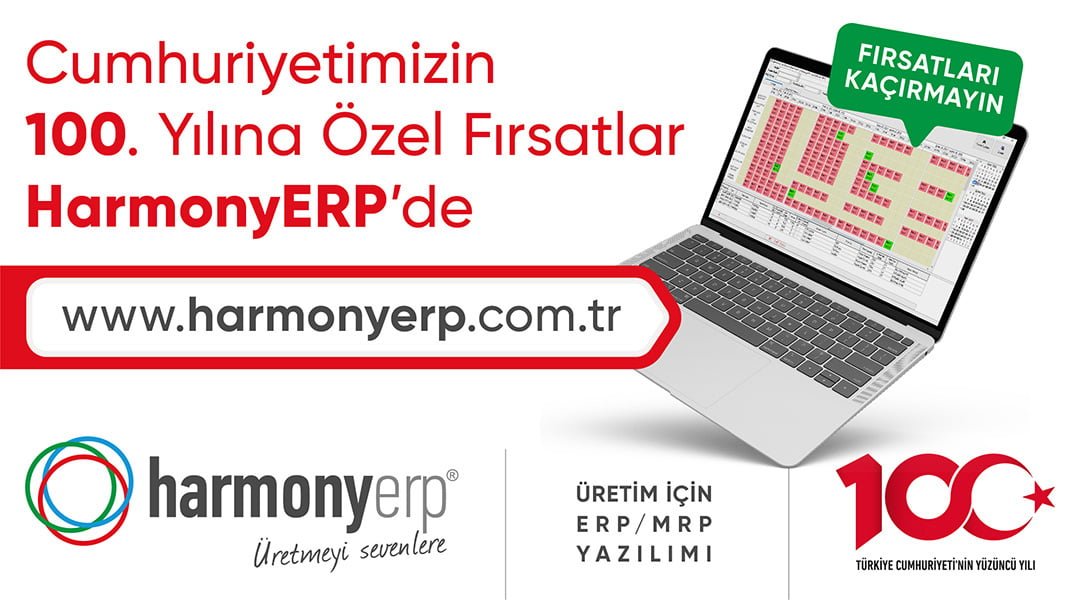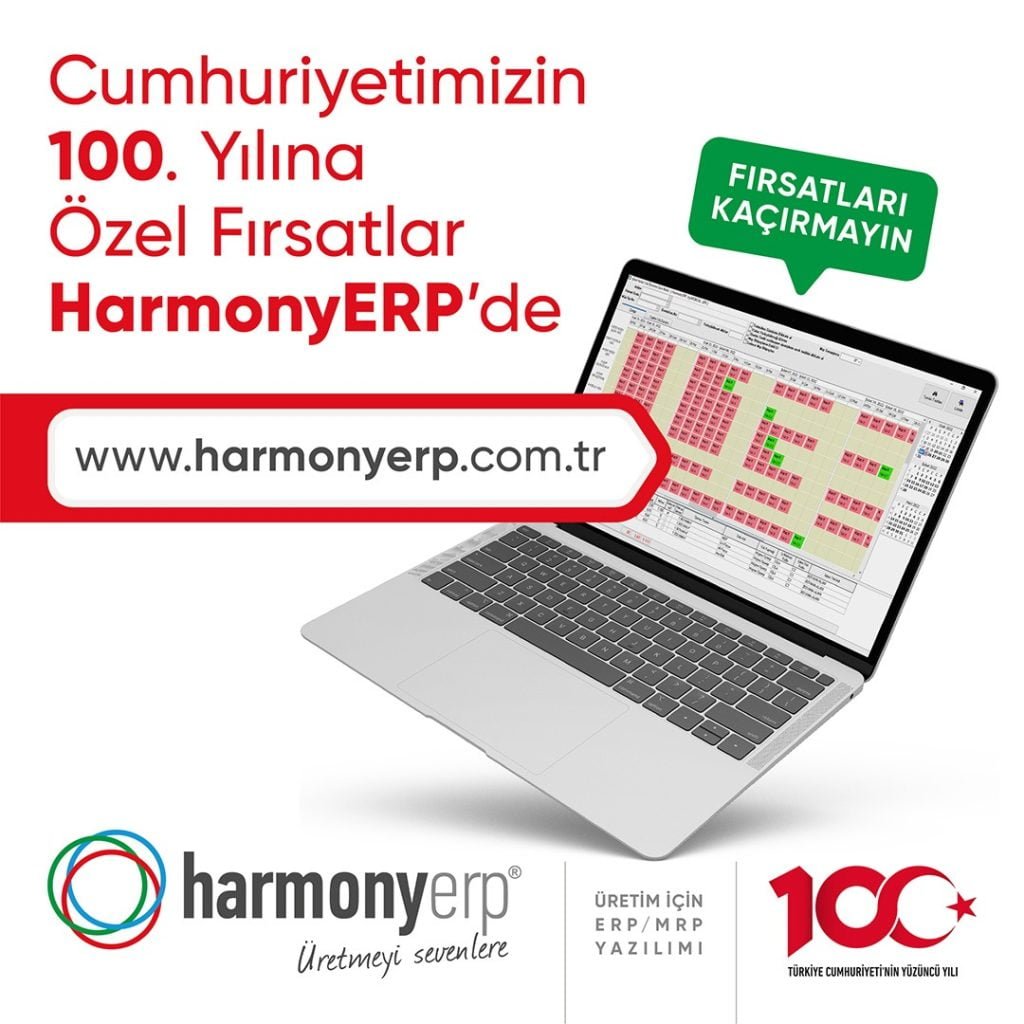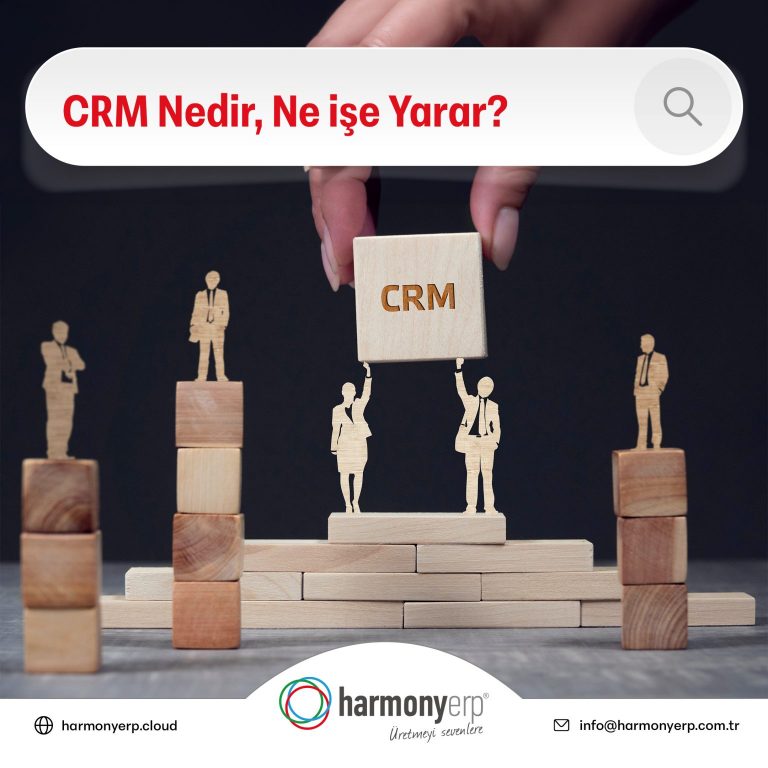What Is an Expense Receipt? A Key Document in Business Accounting

In day-to-day business operations, not all transactions involve formal invoices or contracts. Especially in dealings with non-registered suppliers or individuals, businesses often rely on a document called an Expense Receipt (also known as a “self-employment voucher” or “expenditure certificate” in some jurisdictions). This document plays a vital role in ensuring that such expenses are properly recorded and tax-deductible.
Let’s break down what an expense receipt is, when it’s used, and how it supports accurate and legal financial reporting.
Definition of an Expense Receipt
An Expense Receipt is an official accounting document issued by a business to record payments made to individuals or non-VAT registered vendors for goods or services that do not require a formal invoice. It confirms that an expense has occurred and that the payment has been made.
It is especially used when purchasing:
- Services from freelancers or sole traders
- Goods from non-commercial entities
- Items where no commercial invoice can be issued
The receipt serves as proof of expenditure for both legal and tax purposes.
Key Information Included in an Expense Receipt
A valid expense receipt typically contains:
- Full name and ID number (or tax ID) of the recipient
- Description of the goods or services provided
- Gross payment amount
- Applicable withholding tax, if any
- Date of transaction
- Signatures of both parties
- Business name and stamp (if required)
Some countries require specific formatting or pre-printed serial numbers to comply with local tax regulations.
When Should an Expense Receipt Be Used?
Use an expense receipt when:
- Purchasing from individuals who are not registered businesses
- Receiving services from someone without invoicing authority
- Paying out-of-pocket expenses for minor business needs
- Documenting donations, community sponsorships, or informal purchases
It’s a key document for maintaining financial transparency and ensuring expense deductibility during tax audits.
Legal and Tax Implications
In many jurisdictions, an expense receipt:
- Must be accompanied by withholding tax deductions, especially for service payments
- Is considered a valid expense document for corporate income tax purposes
- May be subject to limitations on total usage per year or per vendor
- Needs to be stored in company records for audit readiness
Failure to issue or retain proper receipts may result in disallowed expenses and penalties.
Managing Expense Receipts Digitally
Manual tracking of receipts can lead to lost documents, incorrect filings, and administrative burdens. With a modern accounting software, you can:
- Digitally issue and archive expense receipts
- Apply automatic withholding tax rules
- Attach receipts to ledger entries or projects
- Create audit-ready financial reports
- Ensure full compliance with legal standards
A centralized ERP system helps standardize how these documents are created, stored, and reported.







